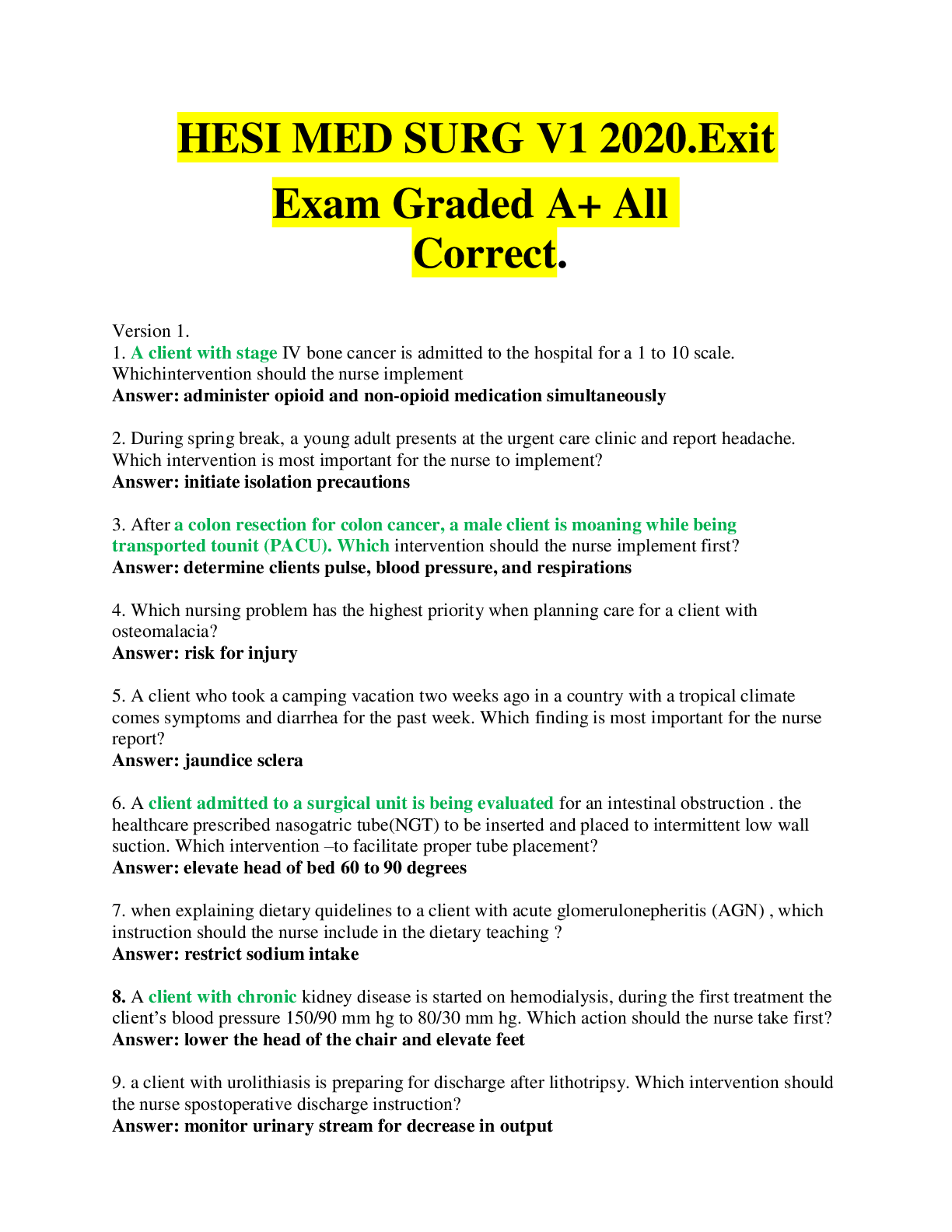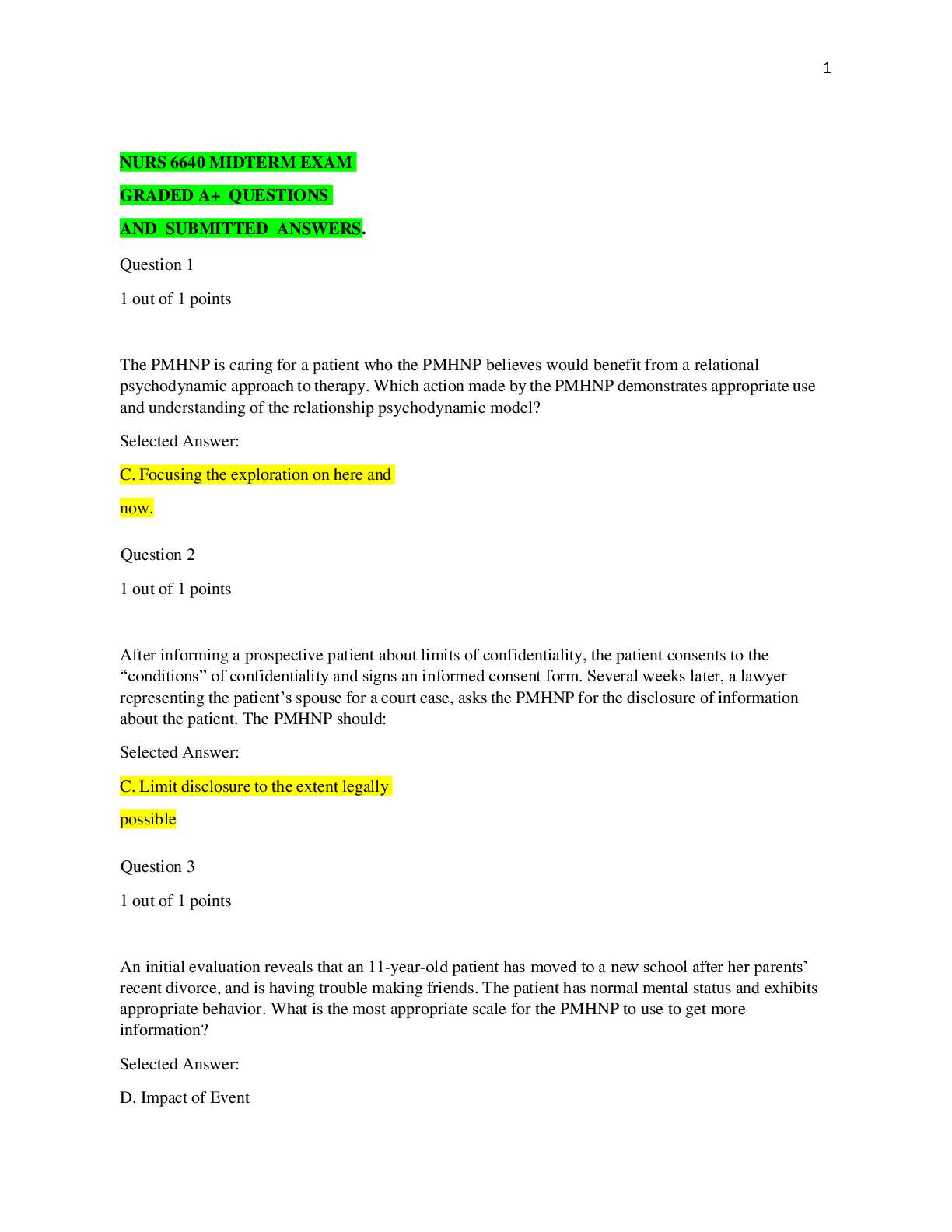RNC-MNN Study Exam Graded A+
Document Content and Description Below
Medication administered for meconium aspiration in neonate - ANSWER Beractant (survanta) Spina Bifida occulta - ANSWER Gap in spine, without spinal opening or sac protrusion Craniosynostosis - A... NSWER Premature fusion of cranial sutures. Absence of fontanels, misshapen head that doesn't resolve in a few days, and hard raised ridge along affected sutures. Diaphragmatic hernia in neonate - ANSWER Scaphoid abdomen and decreased left breath sounds. Tx:immediate intubation and insertion of orogastric tube to help with ventilation and decompress stomach in order to maximize lung inflation Spo2 for neonate in transition period - ANSWER 1 min- 60-65% increase by 5% each min until 10min 85-90% Café au lait spots - ANSWER Multiple flat irregular spots. Possibly indicates neurofibromatosis (genetic disease that affects skeletal/neuro development and cell proliferation involution of the uterus - ANSWER the uterus returns to its normal nonpregnant size HELLP syndrome - ANSWER hemolysis, elevated liver enzymes, low platelets (<100,000) HELLP syndrome labs to determine syndrome class of 1,2,3 - ANSWER CBC, AST/ALT and LDH (lactate dehydrogenase) Hemolysis, elevated liver enzymes, low platelets Congenital torticollis in neonate appearance - ANSWER Asymmetrical face, head positioned as if infant is looking over shoulder Phenylketonuria - ANSWER A human metabolic disease caused by a mutation in a gene coding for a phenylalanine processing enzyme (phenylalanine hydroxylase), which leads to accumulation of phenylalanine and mental retardation if not treated; inherited as an autosomal recessive phenotype. PKU diet restrictions - ANSWER Low protein, no artificial sweeteners, limited breastfeeding Desquamation post term infant - ANSWER Peeling, cracking, dry skin Calorie requirements neonate - ANSWER 100 kcal/kg/day (premature 120-150) Absent moro reflex - ANSWER Indication of bilirubin encephalopathy (kernicterus) Change of lochia - ANSWER Rubra, serosa, alba Closure of PDA - ANSWER (Pulmonary ductus arteriosus) 24 hours. infants with transposition of great arteries, pda may need to be kept open TTN (transient tachypnea of the newborn) - ANSWER respiratory distress in a term infant related to to delayed absorbtion of fluid in lungs from delivery. Should not last more than 6hrs Lab indicates fetal lung maturity - ANSWER Lecithin-sphingomyelin (L/S) ratio of 2:1 they are components of Lin surfactant Cause of neonatal/congenital pneumonia - ANSWER Staphylococcus epidermidis, group b strep, E. coli, ureaplasma urealyticum. Or viral (hsv, hiv) Risk for abo incompatibility - ANSWER Mom o, infant a or b puerperal infection - ANSWER infection of the reproductive tract at any time during the 6 weeks following birth Para - ANSWER delivery of a live/stillborn fetus >20wks nullipara - ANSWER a woman who has not given birth to a viable offspring, >20wks HCG - ANSWER human chorionic gonadotropin gestational sac - ANSWER can be seen 5-6 weeks transabdominally, 3-4 transvaginally Maternal Weight Gain - ANSWER Healthy weight BMI: 25 to 35 lb 1st trimester: 3.5 to 5 lb 2nd & 3rd trimesters: 1 lb/week BMI < 19.8: 28 to 40 lb 1st trimester: 5 lb 2nd & 3rd trimesters: 1+ lb/week BMI > 25: 15 to 25 lb 1st trimester: 2 lb 2nd & 3rd trimesters: 2/3 lb/week assisted reproductive technology (ART) - ANSWER any infertility treatment in which the egg is fertilized outside the womb Gamete intrafallopian transfer (GIFT) - ANSWER procedure in which the sperm and ovum are placed directly in a fallopian tube intracytoplasmic sperm injection - ANSWER fertilization accomplished by injecting a sperm cell directly into an egg invitro fertilization - ANSWER Fertilization occurs in a petri dish in a lab, and then the fertilized eggs are implanted into the female. zygote intrafallopian transfer (ZIFT) - ANSWER procedure in which an egg is fertilized in the laboratory and then placed in a fallopian tube. From there they travel to the uterus to implant amenorrhea - ANSWER absence of menstruation Surfactant - ANSWER any substance that interferes with the hydrogen bonding between water molecules and thereby reduces surface tension positive pressure ventilation - ANSWER a technique that uses a mechanism such as a mechanical ventilator to force air into the lungs to provide breathing assistance Biophysical Profile (BPP) - ANSWER Method for evaluating fetal status during the antepartum period based on five variables originating with the fetus: fetal heart rate, breathing movements, gross body movements, muscle tone, and amniotic fluid volume. Serum creatinine levels - ANSWER normal is between 0.6 and 1.3, 0.5-0.9 during pregnancy (higher than 1.1 indicates preeclampsia) polyhydramnios - ANSWER > 2000 ml of amniotic fluid preeclampsia vs gestational HTN - ANSWER Preeclampsia: abnormal condition associated with pregnancy, marked by high blood pressure, proteinuria, edema, and headache; GHTN: Hypertension without proteinuria proteinuria level in mild vs severe preeclampsia levels - ANSWER mild= 24 hour urine > 300mg severe=24 hour urine > 5 grams Severe preeclampsia - ANSWER This disorder is defined as maternal BP of 160/100 mm Hg or greater, protenuria greater than 3+, oliguria, elevated Cr greater than 1.2mg/dLm visual disturbances, hyperreflexia, pulmonary/cardiac involvement, extensive peripheral edema, hepatic dysfunction & thrombocytopenia Disseminated Intravascular Coagulation (DIC) - ANSWER condition in which small blood clots develop throughout the bloodstream, blocking small blood vessels. The increased clotting depletes the platelets and clotting factors needed to control bleeding, causing excessive bleeding. Aldomet - ANSWER Methyldopa Antihypertensive Procardia - ANSWER nifedipine (calcium channel blocker) vasodilator that has minimal affect on cardiac conduction and heart rate Labetalol - ANSWER Trandate beta blocker, vasodilator, contraindicated in asthma and heart failure pts Hydralazine - ANSWER Apresoline, vasodilator, relaxes smooth muscle. Increases heart contractility, HR, and o2 consumption. Contraindicated in lupus pts Novolog - ANSWER insulin aspart; rapid acting; Onset:15m, Peak:30-90m, Duration:3-5h Humalog - ANSWER insulin lispro; rapid acting; Onset:15m, Peak30-90:, Duration:3-5h Humulin R, Novolin R - ANSWER Regular Insulin; Short acting; Onset:30-60m, Peak:2-4h, Duration:5-8h Humulin N, Novolin N - ANSWER NPH; intermediate acting; Onset:1-3h, Peak:8h, Duration:12-16h Mixing Insulin - ANSWER Rapid acting or Regular insulin (clear) can be mixed with NPH (cloudy). Air:cloudy-c [Show More]
Last updated: 1 year ago
Preview 1 out of 17 pages

Reviews( 0 )
Document information
Connected school, study & course
About the document
Uploaded On
Sep 08, 2022
Number of pages
17
Written in
Additional information
This document has been written for:
Uploaded
Sep 08, 2022
Downloads
0
Views
19


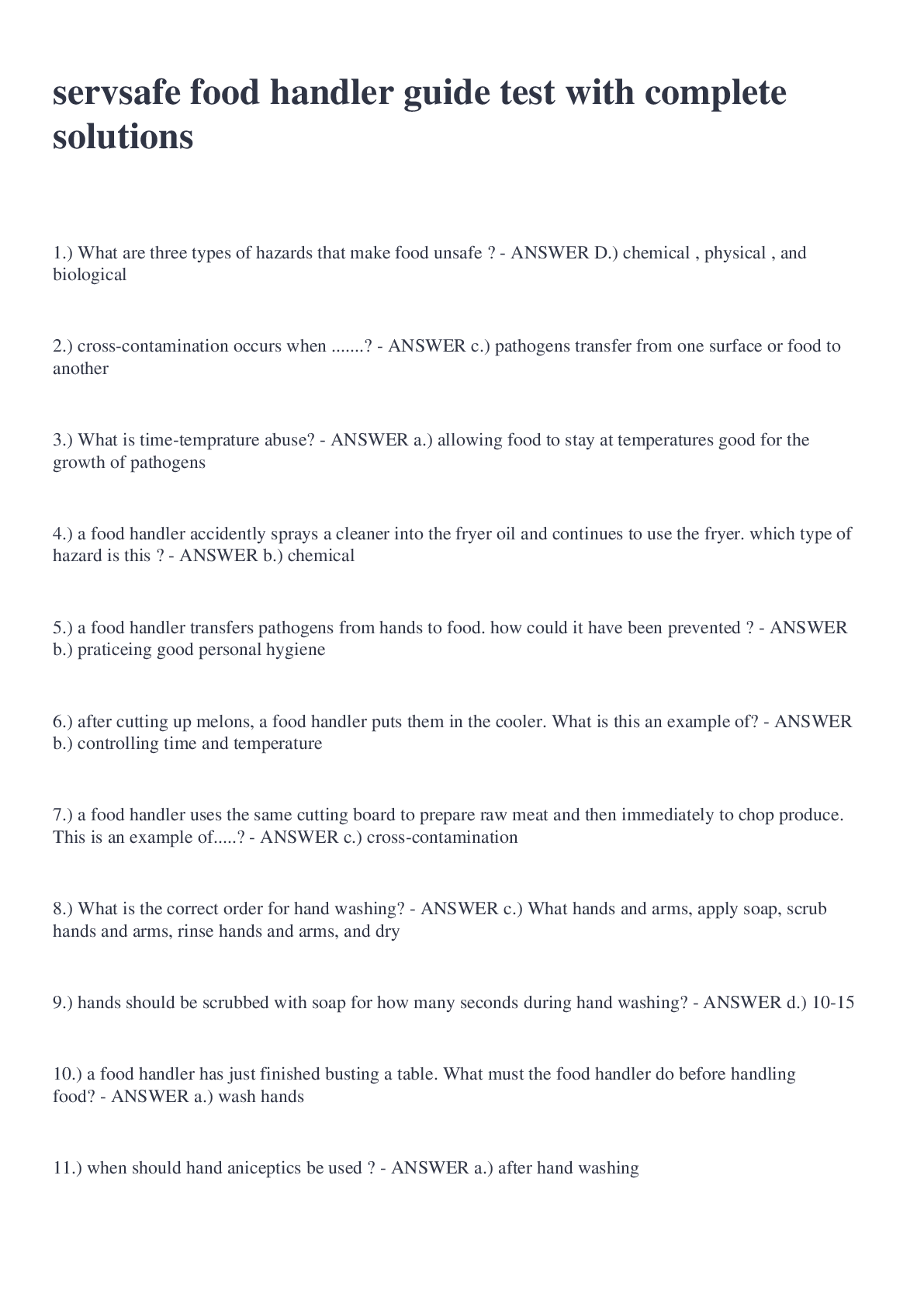


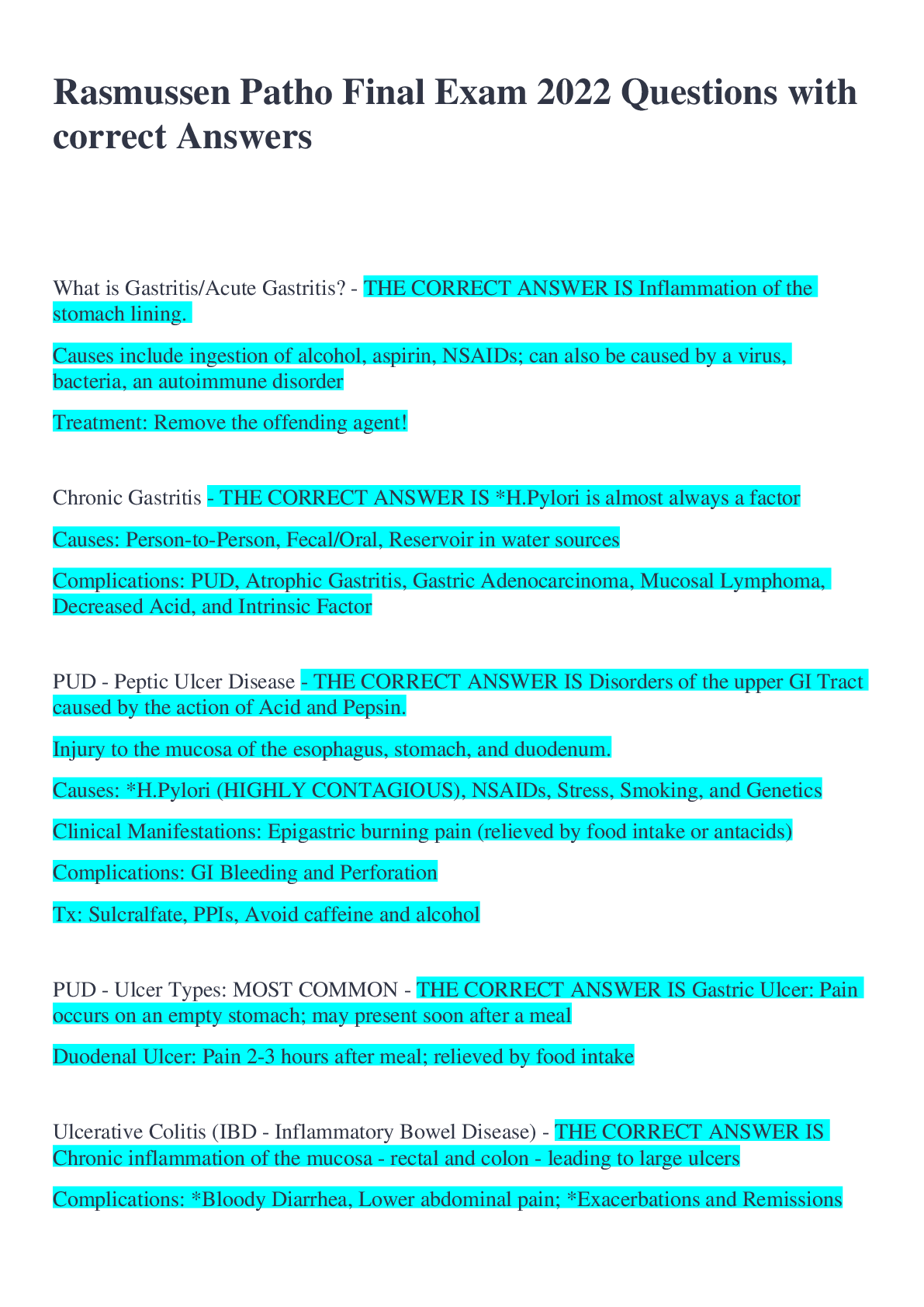

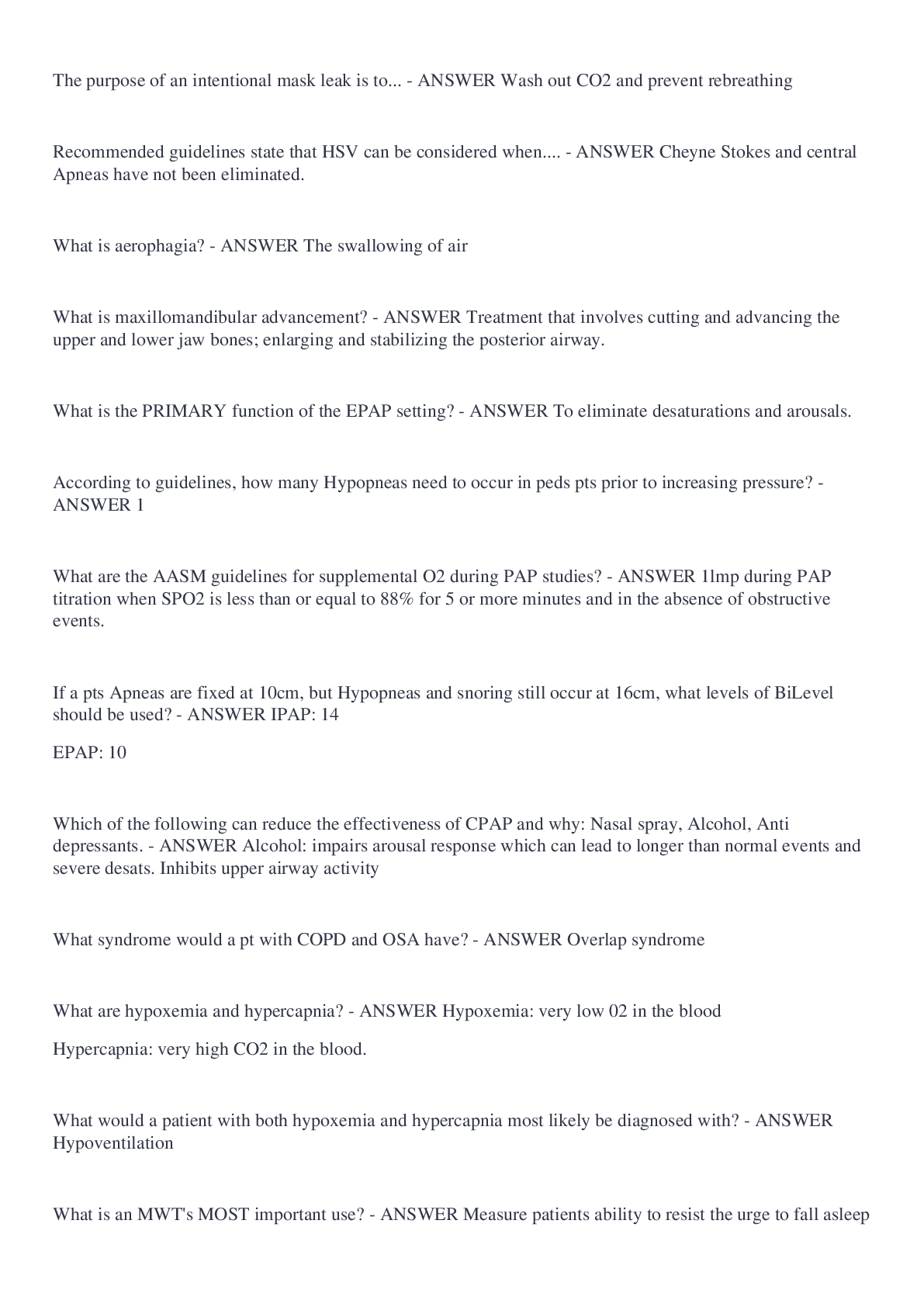



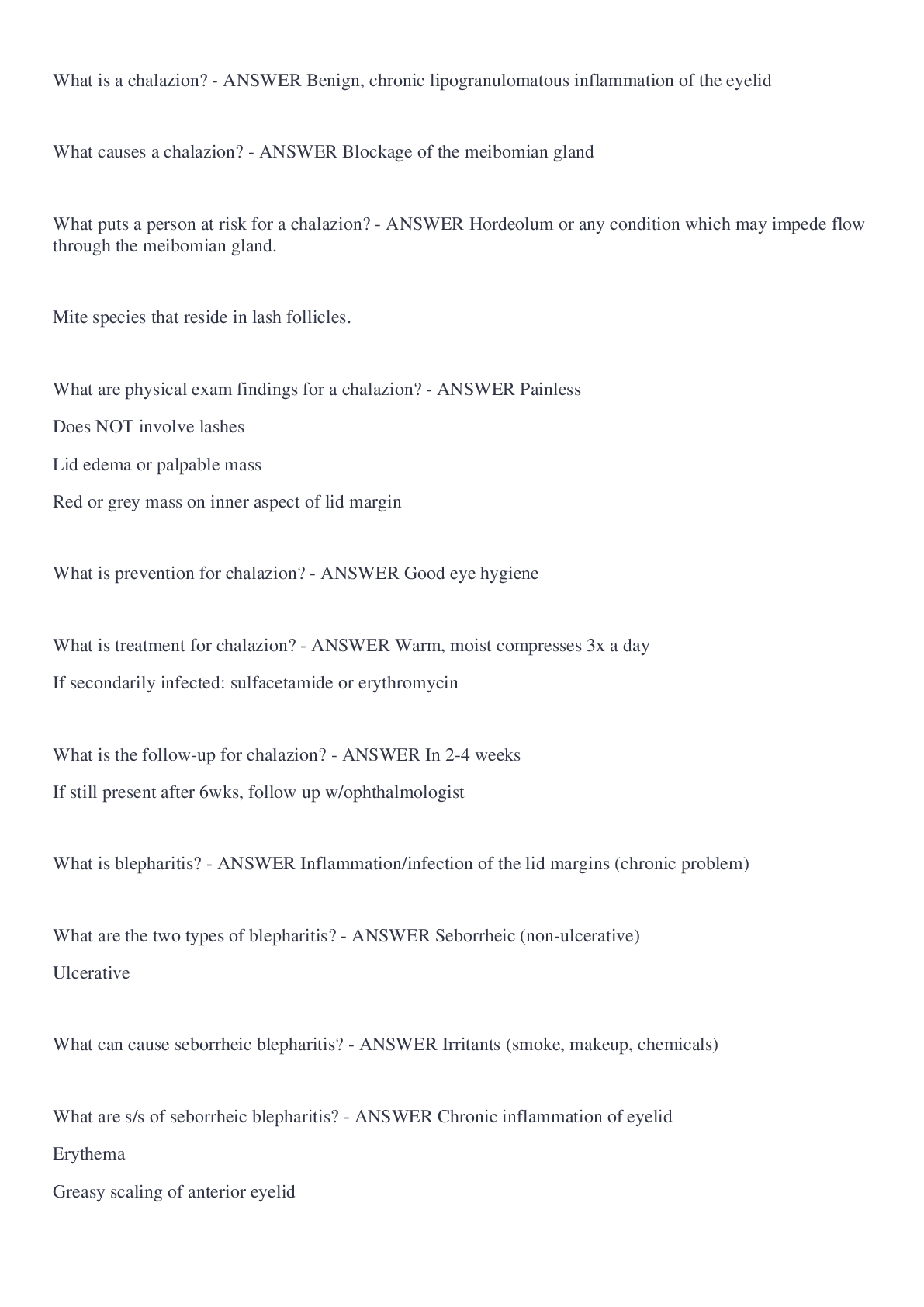


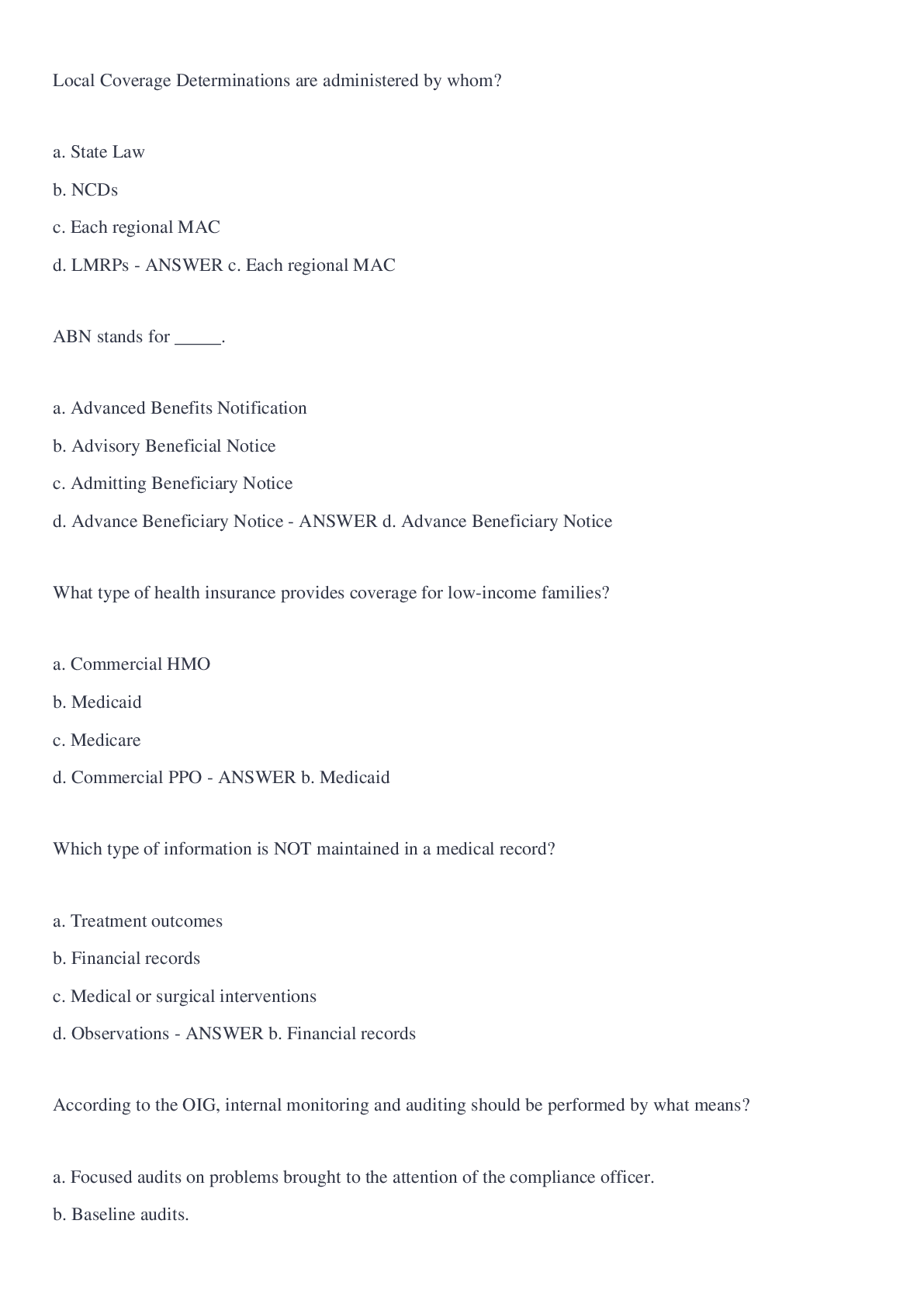
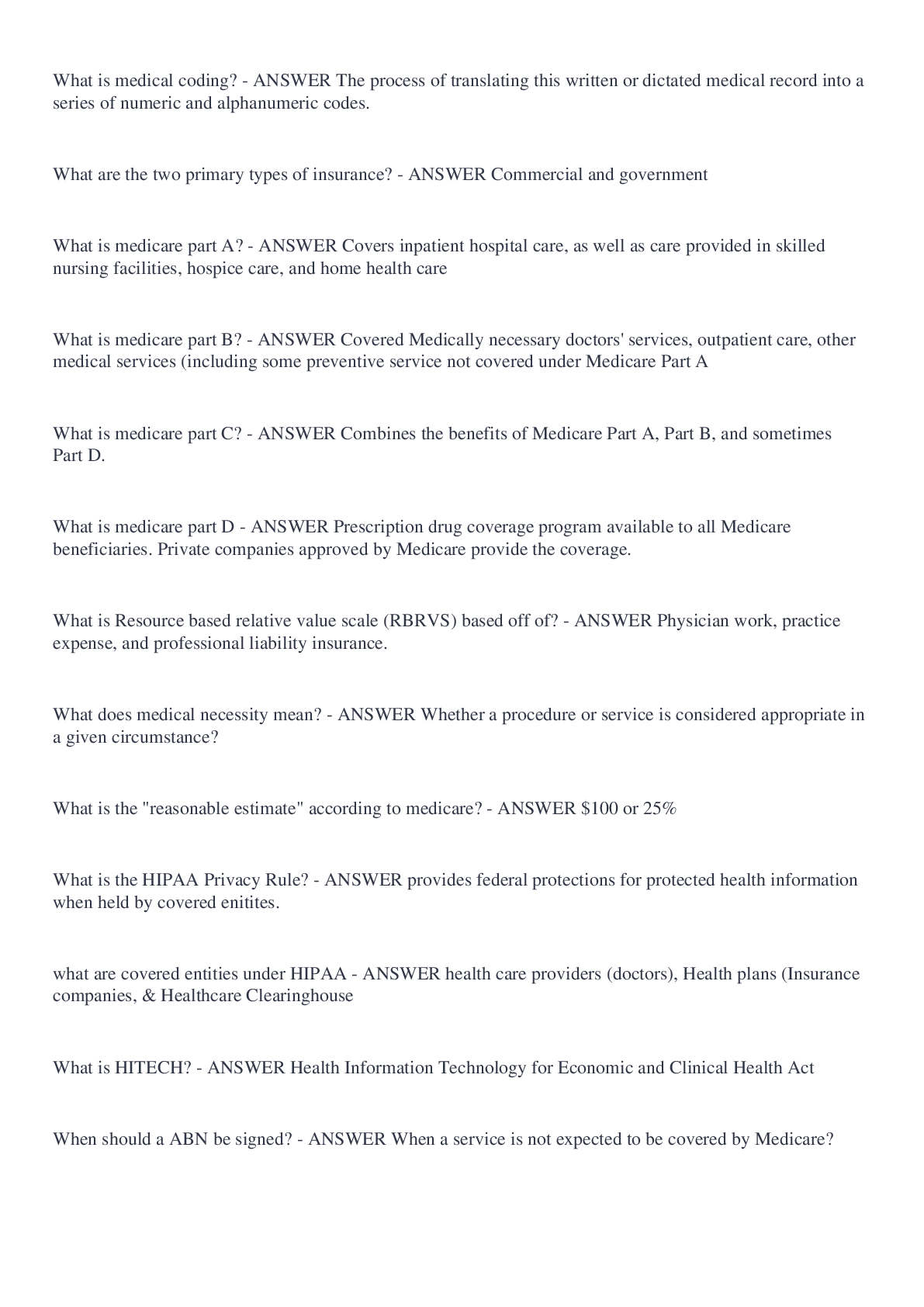
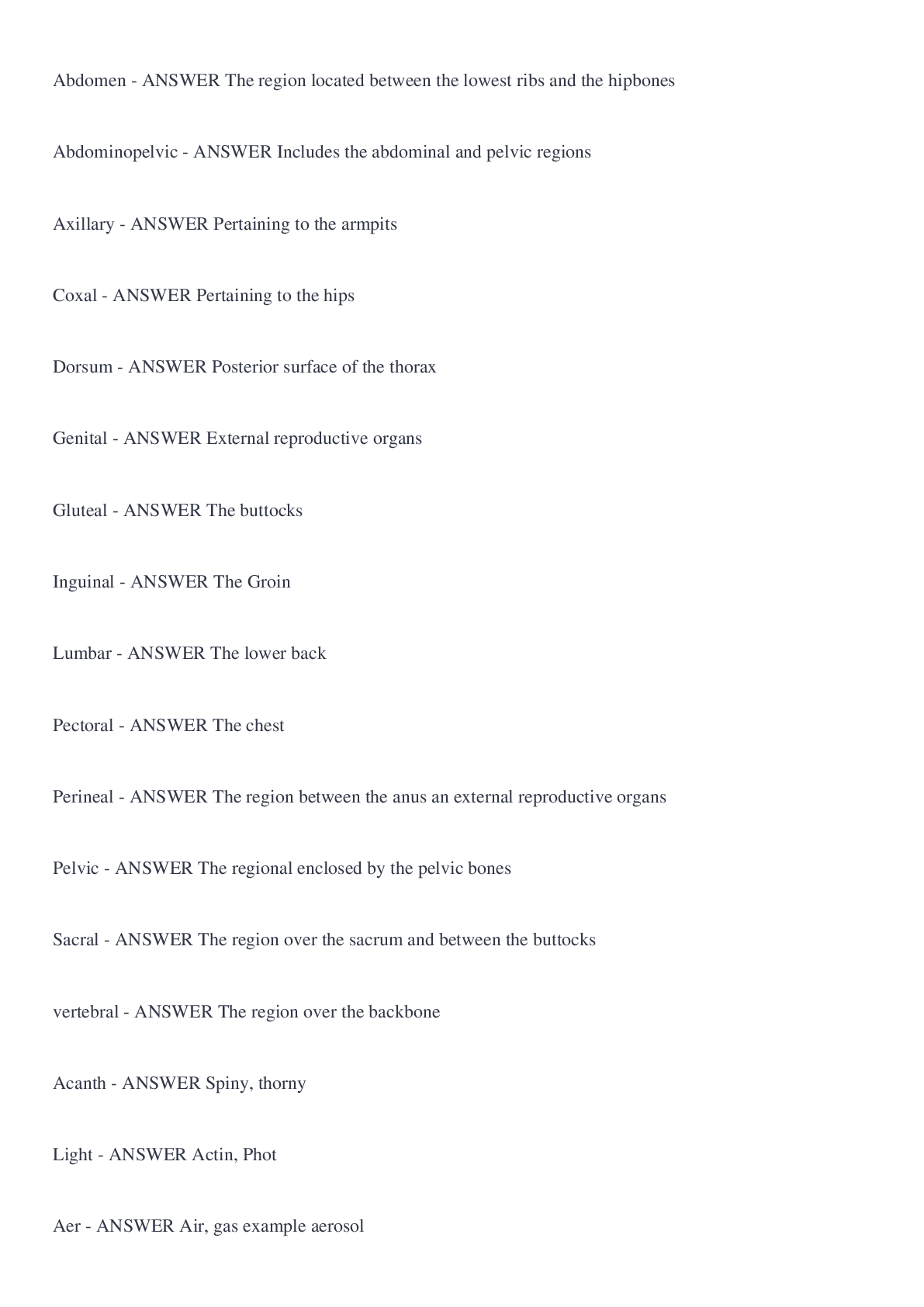
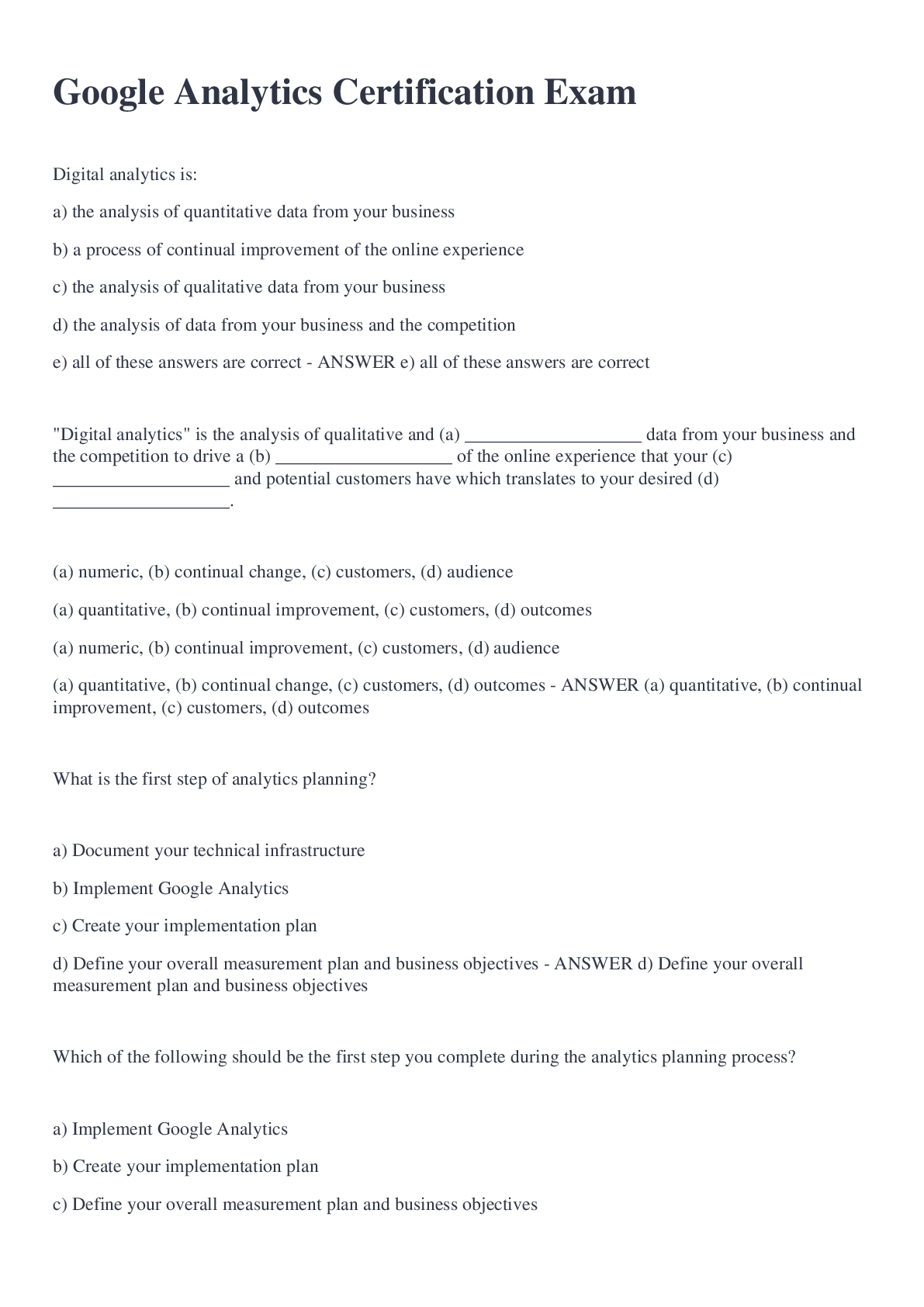

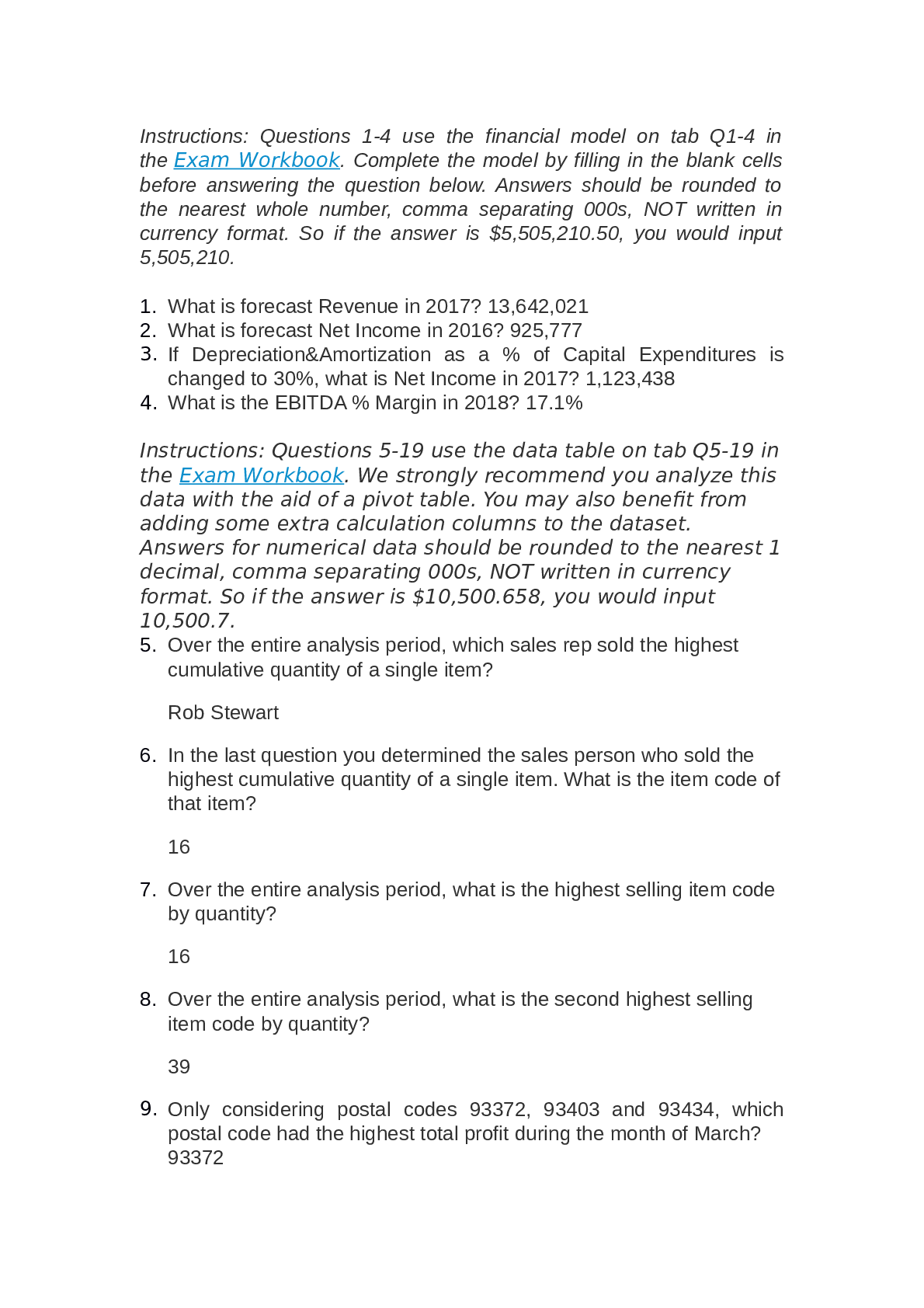

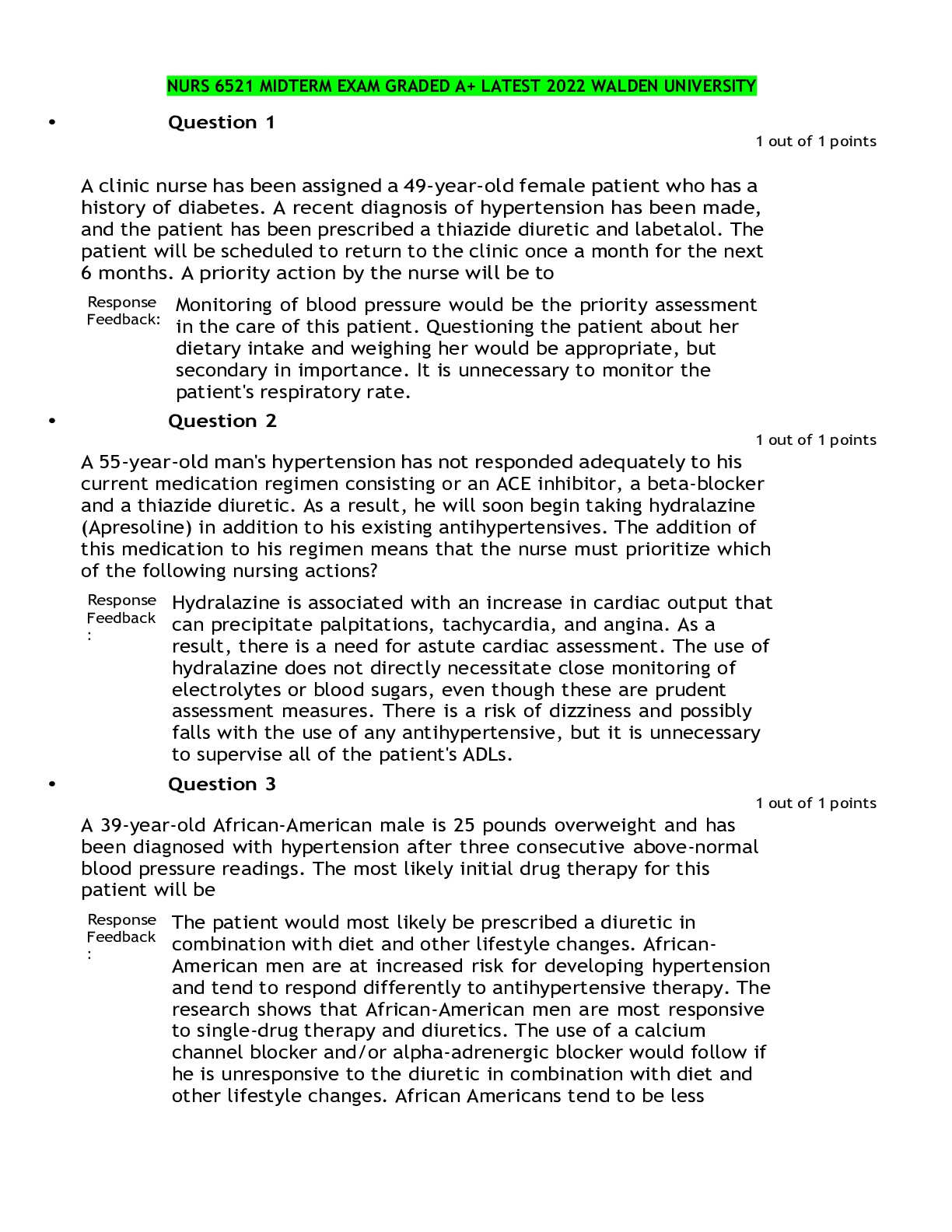


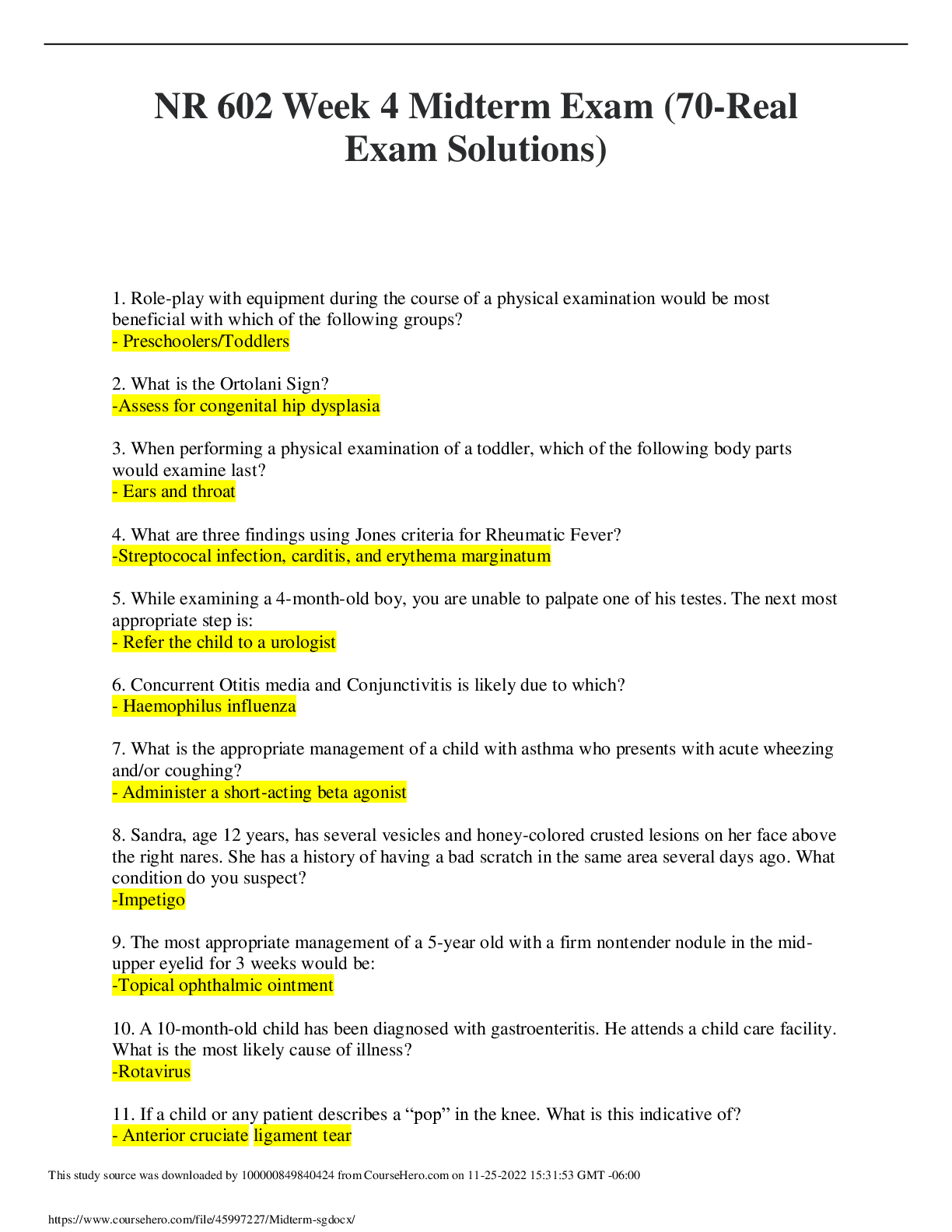

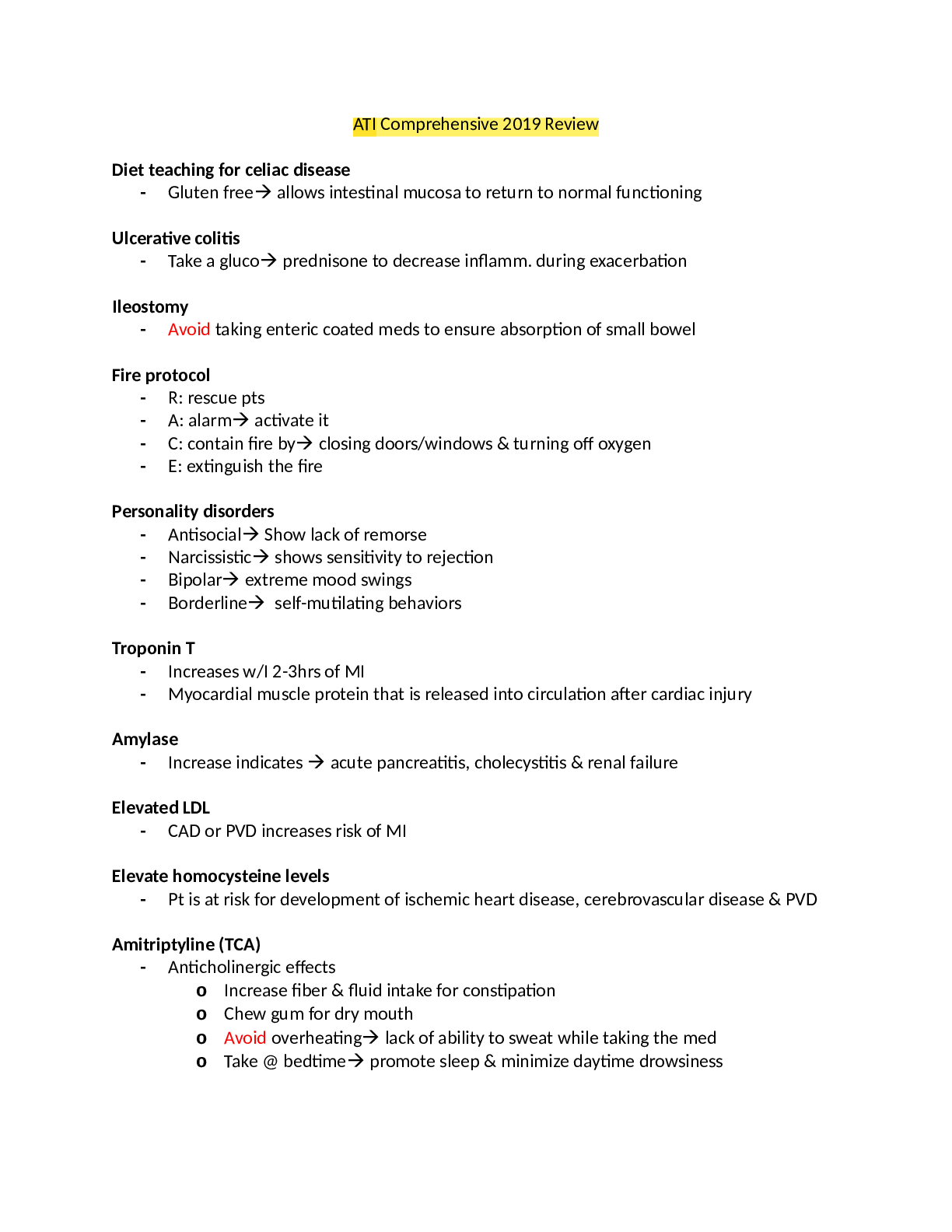
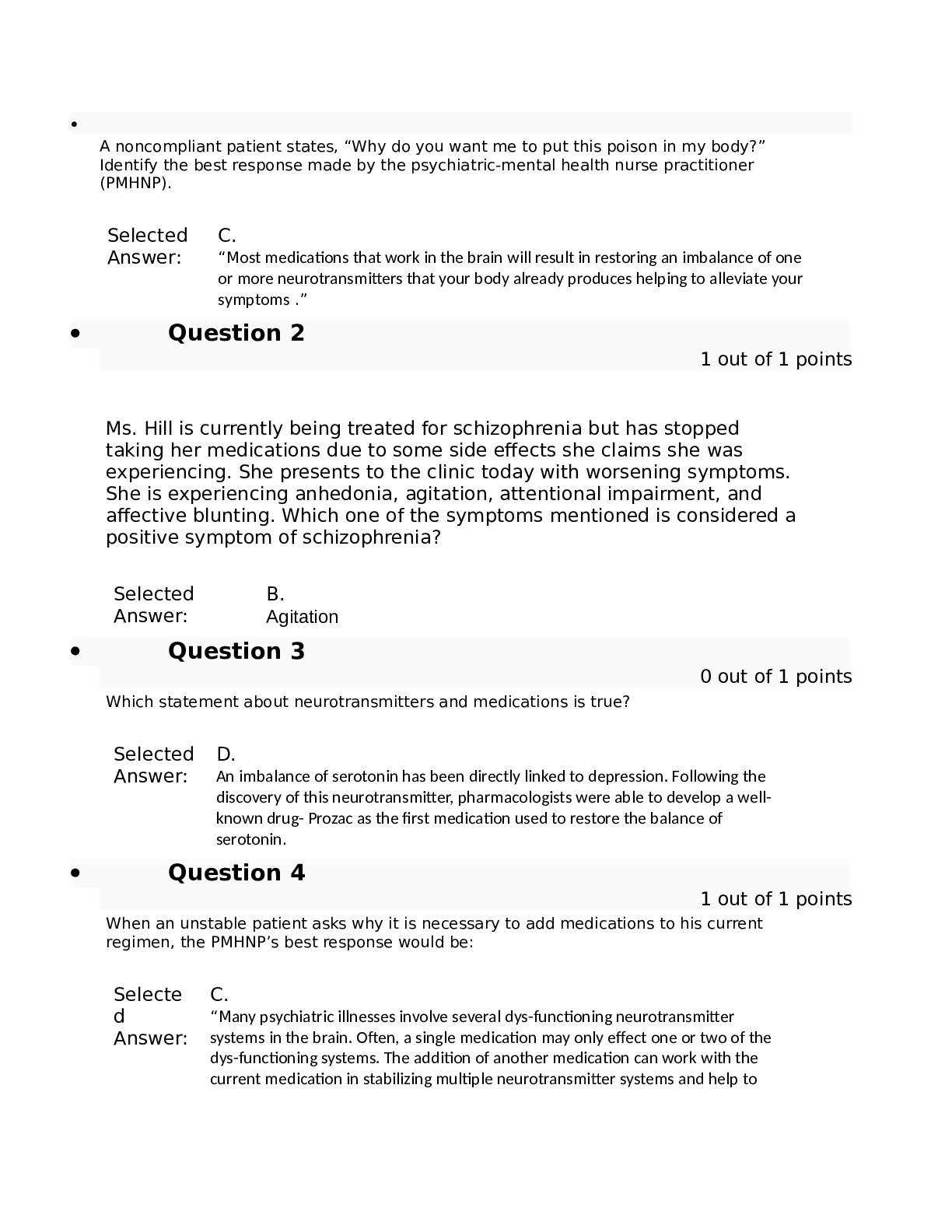
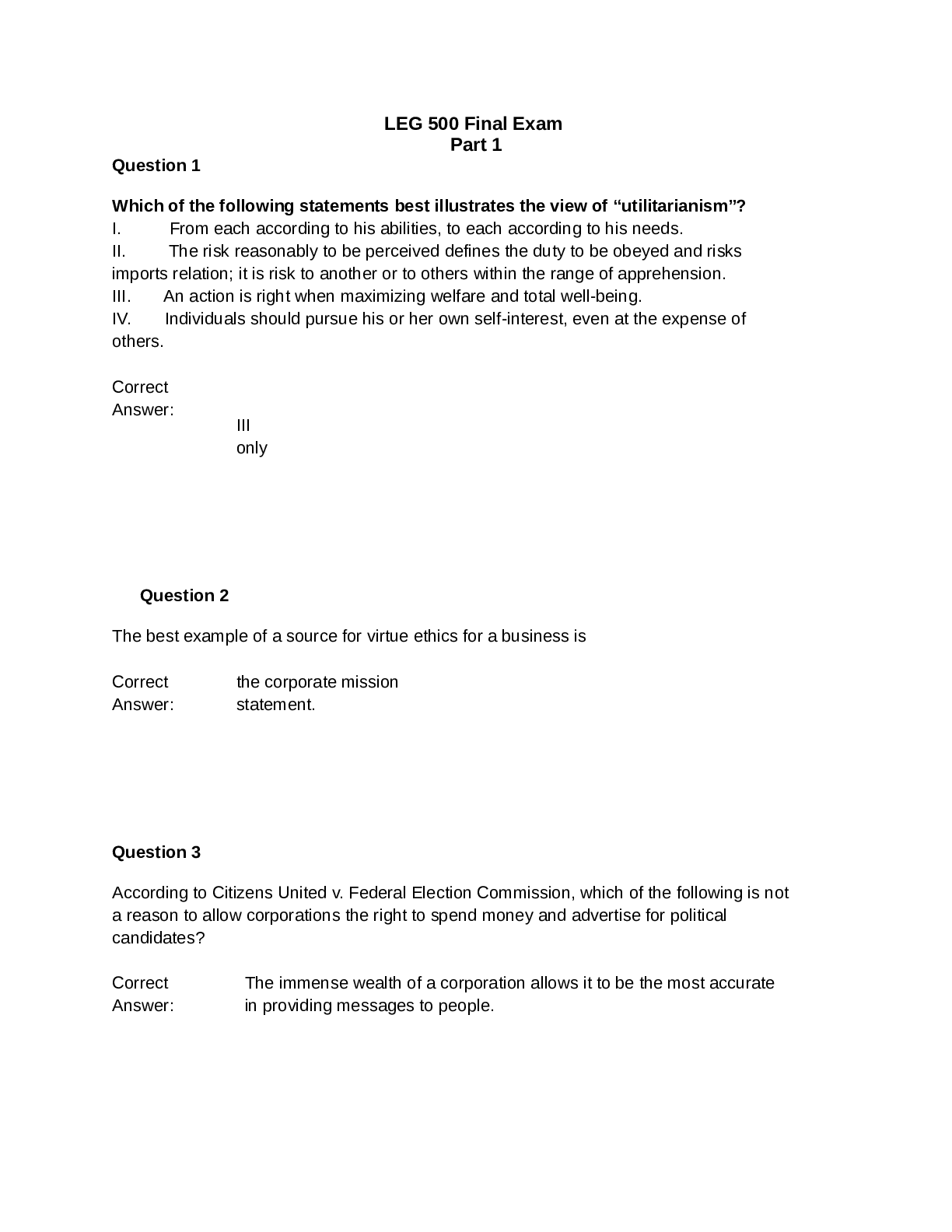

 (1).png)
